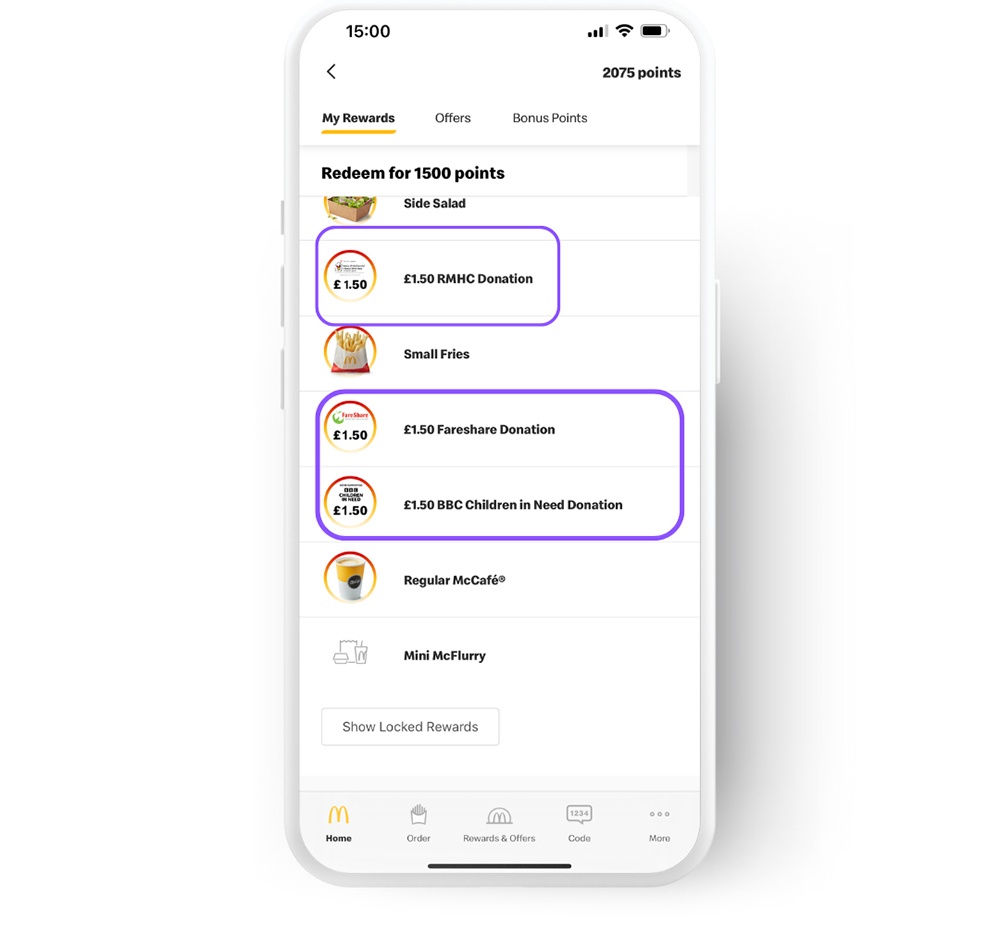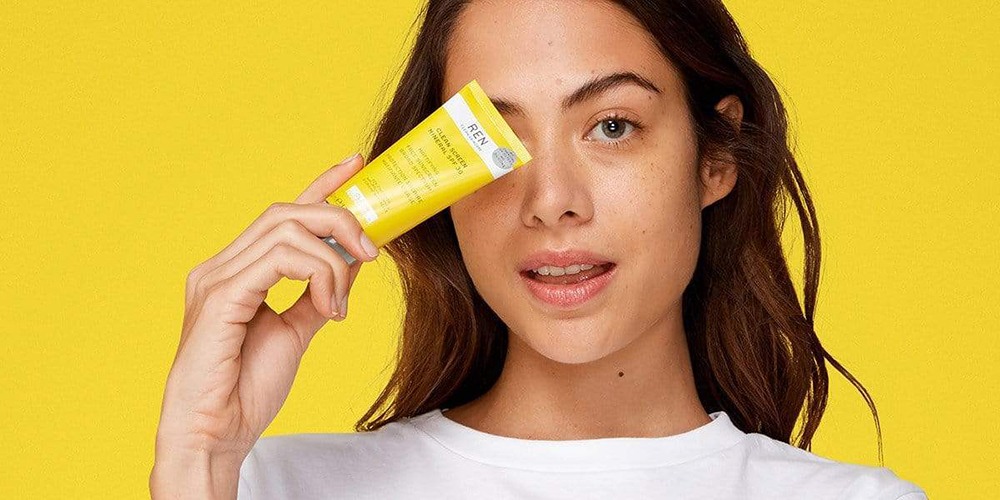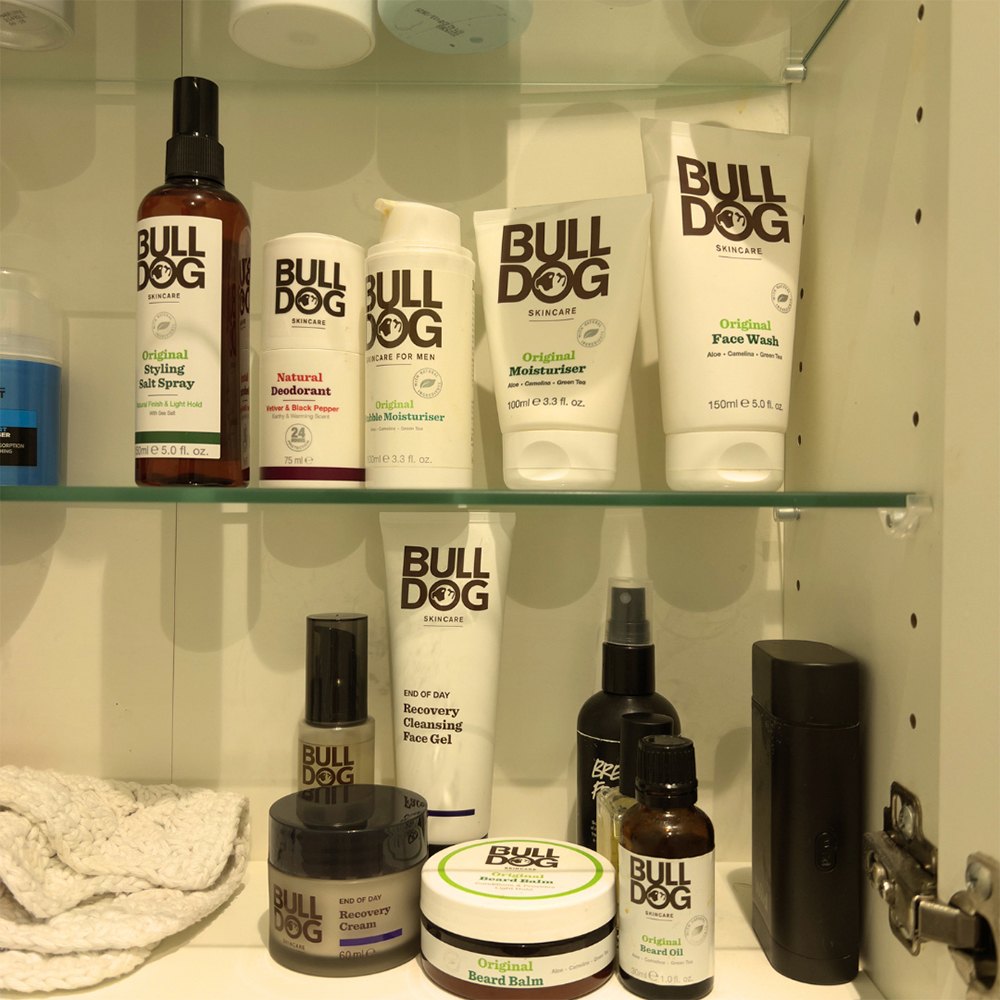It’s always exciting when your ecommerce brand has successfully navigated the rough waters of starting a business, and you’ve started entering the growth stage.
For Never Fully Dressed, the growth stage began with a fast-growing brand community — to help them grow, NFD decided to create a loyalty program to help enhance brand identity and values by highlighting and rewarding this community.
The loyalty program they created matched their brand identity to a tee, with reward tiers named “Something Sassy,” “Strikingly Sassy,” and “Supremely Sassy,” progressing along each level as they spend and earn.
With a mix of financial and experiential rewards, it wasn’t long before NFD found success. Today, NFD generates 32% of its total revenue from loyal customers and has seen an increase in repeat purchase rates by 64% and increased member spend by 59%.
Building a loyalty program, particularly a loyalty points program, is one of the best methods of growing your Shopify store, and research proves it.
According to Antavo’s 2024 Global Customer Loyalty Report, 78.1% of brand respondents thought diverse rewards positively impact customer retention and satisfaction, and loyalty members who redeem rewards spend 3.1x more annually than non-redeeming members.
This guide will help you understand how loyalty points work and how your brand can use them to empower your customers to earn and use them.
Defining loyalty program points
Before we dive in, it’s worth offering a loyalty points definition. It seems self-explanatory, but there is a subtle point to consider.
Loyalty points are a reward point system for customers who purchase products and engage with a loyalty program. Sounds simple, right?
The subtle factor is that each brand can define what rewards loyalty points mean for their specific program. That means the value of points can vary between different brand programs and the types of rewards that redeemed points can give customers.
Demystifying Points: Your ecommerce loyalty program explained
Now that we’ve defined loyalty points let’s look at some of their core elements — earning, redeeming, and common questions.
Here are some of the most common ways customers earn points in a loyalty program: purchases, engagement, and referrals.
We’ll be breaking down engagement and referral options later, but for now, one of the most common methods of earning points on a loyalty program is through eligible purchases.
For example, each dollar (or local currency) customers spend earns a point (or multiple points) they can redeem against a future reward.
While there are common methods for customers to earn points that providers offer by default, you can often set up custom rules to reward any activity with your brand (for example, participating in a packaging recycling scheme).
Different ways customers can redeem points
Your members have got to have something worthwhile to redeem for all that work! So, what options can customers have for using their points? Here are some of the most common rewards:
- Financial rewards. You can offer your customers a percentage discount or a fixed amount off a future purchase. This option is extremely common when first launching a program.
- Free products. If you have a customer who’s accumulated a lot of points, you can offer them a free product as a gift for their loyalty.
- Free or discounted shipping. You can offer customers the choice to use their points towards shipping costs (which is one of the top reasons customers avoid online shopping).
- Cause-related giving. By partnering with a cause and letting your customers give the value of their points to the cause, you can align your brand’s and customer’s values and build a solid emotional connection. While not in the ecommerce industry, McDonald’s is a great example of this redemption strategy in action:

While these options are typical for active points redemption, you can also reward customers who’ve earned a certain amount of points (e.g., 1000 points) VIP perks by creating tiers that contain more experiential and exciting rewards (more on this later).
What else do you need to know about points?
When you create a points-based loyalty program for the first time (or maybe even a few months down the line), it’s natural to have many questions. Let’s answer a few you probably have:
Can I set an expiration date on loyalty points?
Most of the time, loyalty points don’t expire as a default setting, especially on free plans from loyalty providers. However, with advanced plans, you can set up expiration dates on points.
For example, it’s common for brands to have points expire yearly, i.e., if a customer hasn’t made any purchases in 12 months, their balance expires. Or, if you have a tiered program, you can have their progress toward the next tier expire (Starbucks is one example that uses this approach).
Is a tiered loyalty program suitable for my store?
For a lot of brands, having a tiered loyalty program is a great option for driving engagement, particularly for those where purchases are less frequent. However, a simple points accumulation style system is also effective for other brands.
One way to determine if tiers are a good fit for your store is to ask! Get feedback from your customers to see what they find most valuable.
What if I need to change the value of points or rewards?
In the practical sense, you can always edit your loyalty program rewards to reflect better what your customers value and what makes more sense for the business. Though you shouldn’t make this decision lightly — it should be data-driven, and if you do make changes, you need to communicate them to your customers (preferably in advance of any changes).
Highlighting point accumulation options for your customers
When creating a points-based loyalty program, you’ll want to offer diverse options for customers to earn them. Do you remember that stat from earlier? If 78.1% of brand owners think diverse rewards positively impact customer retention and satisfaction, it’s a good bet to have them.
So, let’s cover some specific earning mechanisms you can use for your loyalty program.
Going beyond purchases
While cash purchases are often the default method for customers to earn points, there are a few other ways they can earn them without parting with their money:
- Social engagement. You can reward customers points for following your brand on social media channels; this option immediately gives customers an easy win and gets early engagement on your program (also while boosting your social presence).
- Offering social proof. You can also reward customers for leaving product reviews. In some cases, you can also provide a separate reward for a written review, some extra points for a review with a photo, and even more for a video. Most loyalty program providers don’t offer a baked-in review system, but integrations with popular review providers like Judge.Me, Loox, and Okendo are your friends here.
- Providing personal data. In today’s privacy-focused landscape, customers are savvy about the value of their data. You can offer them point rewards for giving you their date of birth (birthday rewards) and phone number (for promotional and transactional texts).
While these options are more difficult to attribute to increasing revenue, they still do a lot of work for your brand reputation, customer acquisition, and retention strategies.
Tiered points structures
Using a tiered points structure is an excellent method for increasing engagement with your loyalty program; why? Because it creates a sense of gamification, which in turn helps increase engagement and earning potential.
Research from the International Journal of Information Management identifies several factors of “gamified loyalty program engagement”:
- Intrinsic motivations: altruism, challenge, cooperation, and self-expression.
- Extrinsic motivations: rewards and unpredictability.
You can address many of these factors using a tiered points-based loyalty program — in particular, altruism (giving the option to gift points value to charity), challenge (increasingly higher points requirements), self-expression (giving each tier an on-brand name for recognition), rewards (exclusive rewards for higher tiers), and unpredictability (access to secret sales at unpredictable times).
Referral programs and WOM incentives
An integrated referral program is a win-win option for customers and your brand. By offering a significant points reward for getting your customers to refer a friend to the brand, your customers either use their points for purchase sooner or more quickly achieve a higher loyalty tier, and your brand gets a new customer.
In this case, using points as the reward also helps prevent program fraud — since points don’t have a direct cash value.
Seasons and special events
While birthdays are one special event where you can gift your customers points automatically, another event you can offer points for is their program anniversary — gifting your customers points for each year they stay a loyal member.
Combined with a 12-month points expiration, this can be an effective strategy for keeping customers engaged with the program and helping them earn points at the same time.
However, you can also leverage limited-time offers to encourage your members to earn more points. One example can be a double-points week (or other period) where your customers earn twice as many points for purchases and activities.
You can use this tactic to help boost seasonal campaign performance during regular sales (winter holidays, summer sales, etc.), or you can use it to help balance out off-peak periods.
Examples: Ecommerce brands that get points right
So, we’ve helped you understand what a points-based loyalty system is and how you can use one to grow your Shopify store. Now, we’ll show you some loyalty points examples of actual stores using this strategy with great success for inspiration.
The Pulse Boutique
Women’s fashion store The Pulse Boutique worked with Swanky, a Shopify Plus agency, to help implement a new tiered points-based loyalty program with LoyaltyLion dubbed “Pulse Perks.”

They designed the program to encourage customer engagement on social media and build up user-generated content (UGC) on the website through reviews.
Notably, while they do highlight the “$ = Points” on the loyalty page, most of the screen real estate goes to highlighting non-monetary points earning, including account creation, social follows, written reviews, and reviews with an image (which awards 3x more points than one without an image).
This strategy aligns with the brand’s goals of increasing engagement and building up website UGC. And the results?
A 39% increase in repeat purchases, a 19% increase in average order value (AOV), and $200k in earned rewards purchases to date.
How can you get results like this? Make sure you create key objectives you want your loyalty program to achieve, then build your program around these goals.
REN Skincare
With more than two decades in the cosmetics industry, REN Skincare already had a large following before creating a loyalty program with LoyaltyLion, so they had a different goal: improving their customer lifetime value (CLV).
The brand also used a tiered points-based system where Pounds (£) = Points, with access to earned vouchers.

An important difference between REN Skincare and The Pulse Boutique loyalty programs is that REN Skincare only offers experiential rewards to higher tiers, e.g., free delivery, early access to sales, and exclusive events.
This strategy helps them with their goal of increasing CLV since over half (57%) of customers see a “brand’s effort to build a relationship” as a key driver for loyalty, according to research from Marigold.
So, what results did this strategy create?
- A 68% increase in customer spending from loyalty program members.
- Repeat purchase rates that are 63% higher for program members.
- Redeeming members now purchase 2.4x more frequently over 12 months than non-members.
- Redeeming members are 4.9x more likely to make a second purchase than non-members.
- Loyalty program members have, on average, a 104% higher AOV and spend 271% more than non-members of their program.
These results have led to higher CLV, and the program now generates 38% of REN Skincare’s revenue.
How customers feel about loyalty programs
So, how about real customers? How do they feel about earning loyalty points?
Well, here are some reviews from Trustpilot specifically referencing brand loyalty programs:
“Mostly everything I have tried from Ren has been amazing! Also, always great customer service with quick turn around!
Recently I had an issue with promo code, and Eva from customer service was very helpful in having this resolved!
The reward/loyalty program is also great – highly recommended! ☺️” — user “zu s“
Here’s another for the brand Truly Beauty, another LoyaltyLion customer:
“I love Truly Beauty, the products are amazing, the fragrances are divine, and customer support is always on point. Fast, safe shipping, and if something does happen to get damaged, Truly replaces it quickly. The rewards program and their sales are generous, and this brand is so involved with their customers in so many ways. ” — user Tamar D Bradshaw.
From personal experience, I’m also an avid customer of Bulldog Skincare and have been for years now. However, what’s different from Bulldog Skincare compared to other brands we’ve discussed so far is that they don’t have a tiered loyalty program, just simple points. I think this photo of my bathroom cupboard is probably enough to demonstrate my engagement as a customer:

Otherwise, I’m also a big fan of the Starbucks loyalty program (which uses “Stars” in place of points), and I make sure to keep up my Gold membership each year — the main benefit I use as a Gold member is the free (select) syrups, which always keeps me coming back.
Start building your points-based loyalty program today
In summary, as we’ve shown you throughout this guide and by using examples of successful loyalty programs, setting up a points-based loyalty program can hugely benefit your Shopify store:
- It helps increase your customer and loyalty member engagement.
- It can boost your store’s AOV, CLV, and more frequent spending from your members.
- It helps with cost-effective customer acquisition when you use it with a referral program.
- It can also help improve your brand reputation and online presence if you use it to encourage social engagement and UGC.
The important factor to consider is having diverse options for customers to earn points and redeem rewards.
If you’d like to learn more about loyalty programs and how to build up your brand’s customer retention strategy, check out the free LoyaltyLion Academy, where you’ll get tutorial modules and detailed videos to transform you into a loyalty expert. Otherwise, if you’re ready to get your hands stuck in, check out the LoyaltyLion demo to see what’s possible for your store.





